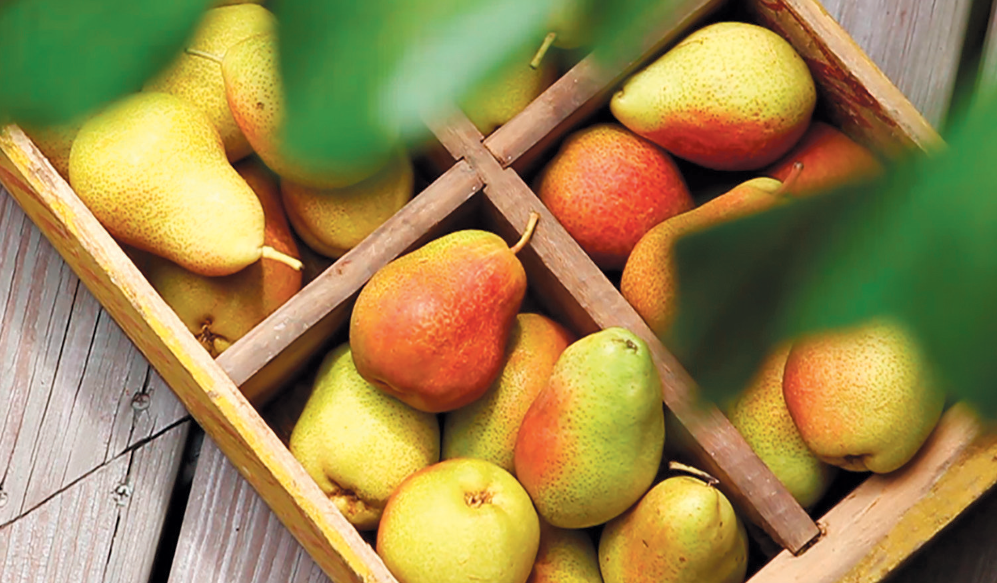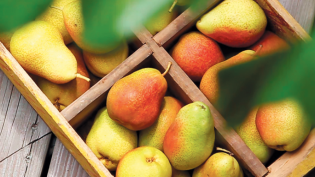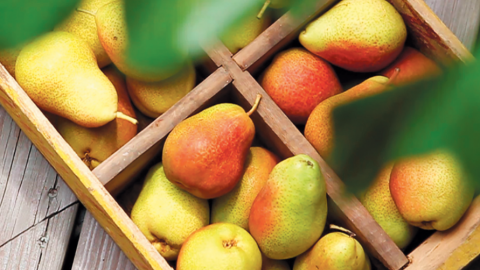How to Make Pear Cider
Hard cider has quite the colorful history here in America; in fact, during Colonial times in the Eastern States, cider was more popular than beer, wine or whiskey. It was far more diffi cult to grow grains for beer than it was to grow apples, so seeds were brought over from England and orchards were established. In time, cider-making became as popular here as it was in England. By the mid-1800s, the New England states were producing nearly 300,000 gallons of cider every year.
As settlers moved west, missionary John Chapman, also known as Johnny Appleseed, traveled ahead grafting small nurseries of cider apples in the Great Lakes and the Ohio River regions. Because it was safer to drink than water, making hard cider was quite common on most homesteads by the end of the 19th century.
Once one of the most popular alcoholic drinks, hard cider lost its momentum during Prohibition. Many orchards were burned to the ground, and by the time Prohibition ended, German settlers were establishing large breweries for making their beloved beer. Thanks to the popularity of microbreweries, cider is experiencing huge growth here in the U.S., with cider production increasing nearly 264 between 2005 and 2012.
When we moved into our house 12 years ago, we were fortunate enough to inherit mature fruit trees—three apple trees and one pear tree that reside in a sunny patch of our yard. I’m not really sure how old the trees are, but they are prolifi c producers of sweet apples and pears. It’s impossible to consume all the fruit each season before the bees and raccoons claim them. We’ve made pies, pear caramel sauce, jams and jellies. Last year, we made our first attempt at making pear cider.
When I learned I needed to eliminate gluten from my diet, traditional wheat-based beer was no longer an option. Apple and pear ciders are a wonderful alternative (and ciders also happen to be one of my favorite fermented beverages to sip).
In our research, there are many different methods and opinions when it comes to home-brewing. This was our fi rst experience, and while “true” cider apples are called “bittersweets” or “bittersharps” and taste terrible, our trees produce Golden Delicious and Forelle fruit, which typically aren’t used for making ciders. We were still pleased with our results, and it was a fun experiment.







